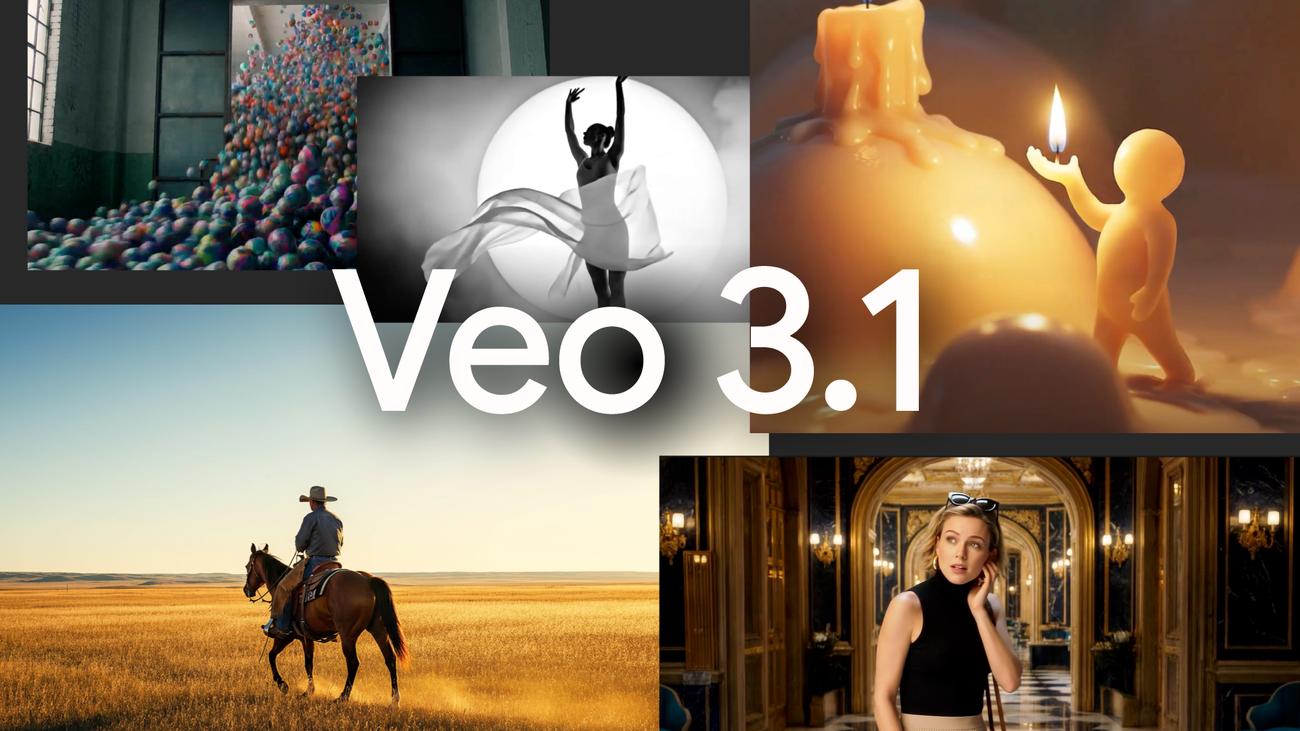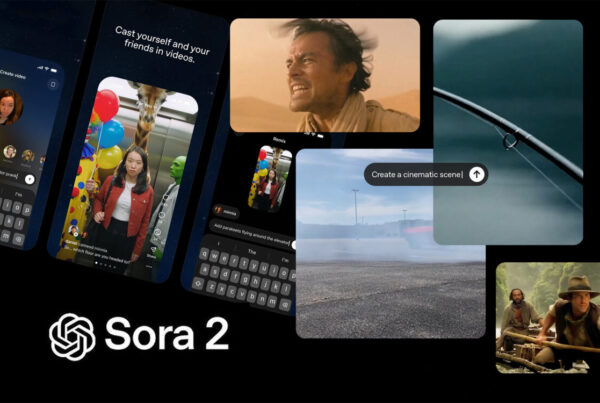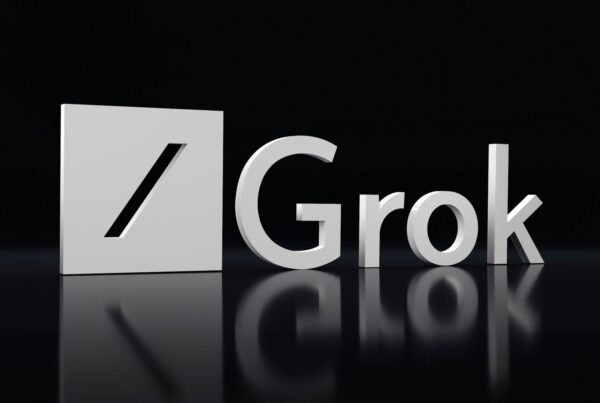Google officially announced the rollout of Veo 3.1, the latest version of its AI video generation model, marking a major leap in how users can bring creative concepts to life through artificial intelligence. According to the statement released on the official Google Gemini App account, Veo 3.1 introduces a deeper understanding of video concepts, enabling creators to produce scenes that feel more natural, dynamic, and cinematic.
The update enhances the model’s ability to interpret prompts, visualize complex movements, and deliver scenes that mimic professional filmmaking techniques. From texture realism to fluid camera motion, Veo 3.1 aims to narrow the gap between AI-generated clips and live-action visuals.
Deeper Understanding of Video Concepts
The introduction of Veo 3.1 underscores Google’s commitment to pushing the boundaries of multimodal AI. Unlike earlier versions, this update focuses heavily on conceptual depth and visual coherence. The model can now process user prompts with greater context, creating videos that maintain narrative consistency across frames.
Improved Contextual Awareness
Veo 3.1 uses refined multimodal training data, allowing it to better comprehend how lighting, motion, and emotion interact in a scene. This means when a user requests a cinematic sequence for instance, a sunrise over the ocean or a close-up shot of an actor the model understands how to blend atmospheric elements realistically.
Realistic Scene Rendering
Google claims the new model produces more authentic textures, from reflective surfaces to animal fur, resulting in lifelike details previously difficult to achieve with generative AI. The system’s motion rendering has also been upgraded, producing smoother transitions and steadier camera pans, which are critical for professional-level storytelling.
Precision Control for Creators
Beyond enhanced realism, Veo 3.1 empowers creators with greater control over their productions. Users can now specify camera angles, lens styles, and focus depth directly through text prompts. This opens the door for filmmakers, advertisers, and educators to visualize ideas before committing to costly production phases.
Camera Angles and Movement
The model can simulate complex cinematic movements, such as crane shots, tracking scenes, or handheld perspectives. This flexibility lets creators explore various visual styles, from documentary realism to stylized fantasy.
Seamless Audio Integration
A standout feature in Veo 3.1 is its ability to synchronize generated dialogue and environmental sounds with visual motion. Whether it’s city ambience or character conversation, the integration ensures a cohesive audiovisual experience a critical step toward fully immersive storytelling.
A Leap Toward Cinematic AI Video
With Veo 3.1, Google solidifies its position at the forefront of AI-driven video technology. The platform’s intuitive prompt system allows anyone — from professional creators to casual users — to generate scenes that previously required advanced production tools.
From Surfaces to Souls: Texture Revolution
The official post highlighted the realism of new texture modeling, which captures the physical feel of materials. For example, fabric folds, fur shimmer, or the glint of sunlight on metal now appear more naturally layered, mimicking physical camera capture.
Sound and Emotion
Beyond visuals, Veo 3.1 introduces emotional tonality through sound and pacing. Dialogue and effects are timed to complement the scene’s rhythm, providing a near-directorial level of control for storytelling.
Integration with Gemini Ecosystem
The release of Veo 3.1 aligns with Google’s broader Gemini initiative — an ecosystem unifying text, image, and video generation under a single AI interface. By merging Veo with Gemini’s reasoning and multimodal capabilities, users can create narrative-driven content that seamlessly bridges dialogue and visuals.
Expanding Creative Possibilities
Veo 3.1 is not limited to entertainment. It can assist in education, architecture visualization, marketing content, and even scientific simulations. For example, educators can use it to animate complex scientific processes, while marketing teams can generate product demos instantly.
Accessibility and Collaboration
Through the updated interface at gemini.google.com/veo, creators can now collaborate directly within the Gemini environment. Projects can be adjusted, re-rendered, or shared across Google Workspace apps, expanding its usability beyond artistic circles into professional workflows.
Industry Response and Future Outlook
The release of Veo 3.1 has been met with enthusiasm from the creative technology community. Early testers have praised its cinematic quality, smoother rendering, and broader range of visual expressions. Experts believe that this version could set a new benchmark for AI-assisted filmmaking.
Bridging AI and Cinema
Industry observers note that Veo 3.1 could accelerate the democratization of content creation. With capabilities resembling professional editing suites, it enables small teams or individuals to produce high-quality visuals that rival traditional studios.
What Comes Next
Analysts expect future iterations to incorporate real-time collaboration and motion-tracking refinement. If integrated with Google’s upcoming AR and XR technologies, Veo could become a foundation for interactive storytelling in the metaverse and beyond.
With the launch of Veo 3.1, Google Gemini redefines how stories can be visualized through AI. By combining advanced scene understanding, detailed texture rendering, and synchronized sound design, it transforms the once experimental concept of generative video into a tangible creative platform.
Creators eager to explore new storytelling dimensions can now access Veo through gemini.google.com/veo. This release not only signals the next era of video generation but also sets the stage for an AI future where imagination meets cinematic precision.









